Best DSLR sensor cleaning kit: 6 tested
Blowers, vacuums, wet and dry swabs and tools explored
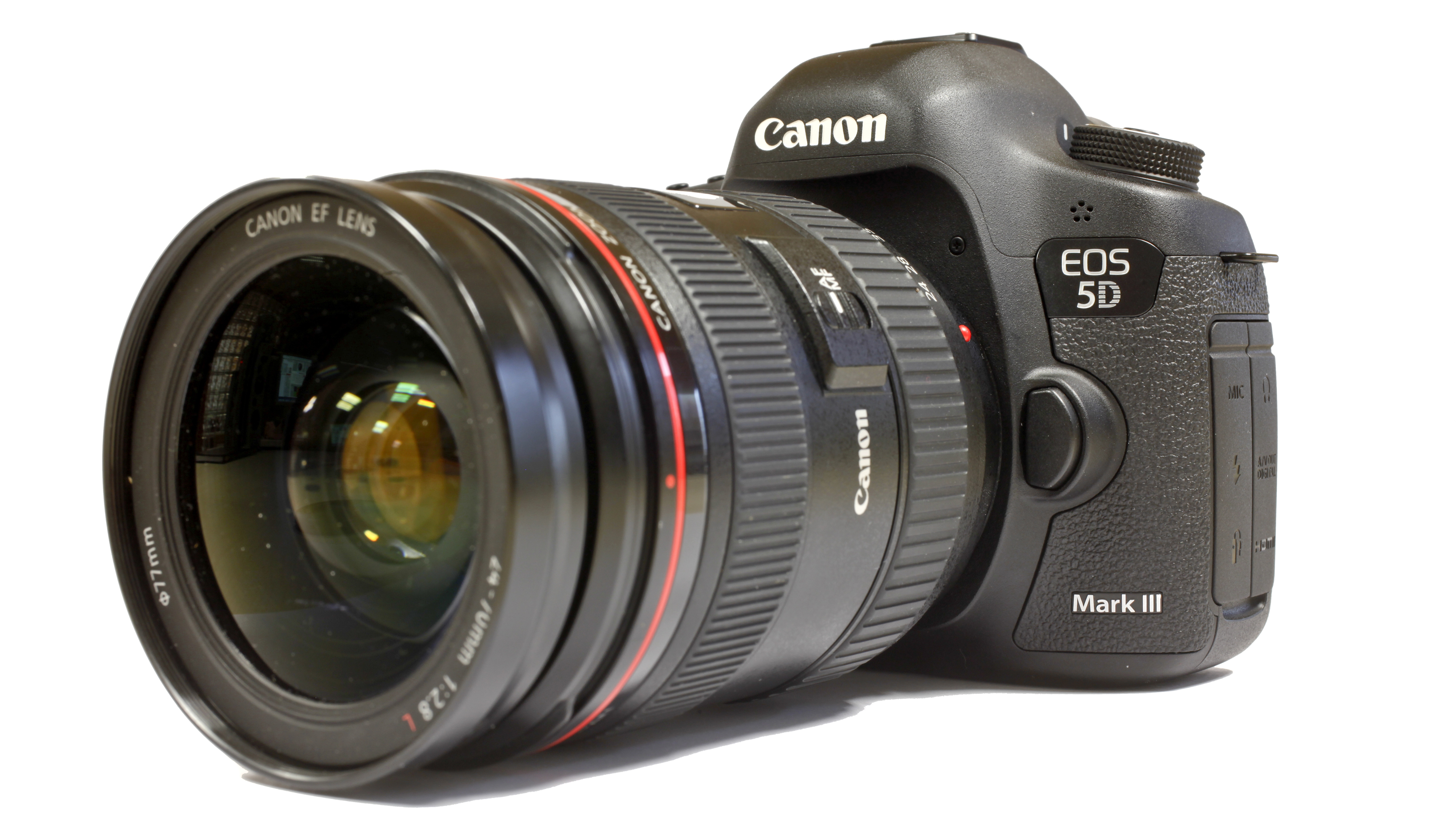
We tested these sensor cleaning products by cleaning the dirty sensors in a number of Canon DSLRs.
We took before and after shots of a plain white wall at a narrow depth of field to show up the dirt and check the effectiveness of the test units. We also awarded marks for ease of use and the speed at which each device enabled a sensor to be cleaned.
Before we see how these camera sensor cleaning products fared, here are some general cleaning tips:
- All recent Canon DSLRs automatically clean the sensor each time you switch the camera on or off, with high-frequency vibrations designed to shake off debris. Anti-static coatings on the sensor are designed to repel dust in the first place.
- Ensure you have a fully charged battery before cleaning your sensor; power is needed to keep the mirror flipped up for the duration of the cleaning process.
- It's worth investing in a number of sensor-cleaning solutions. A blower or vacuum is useful for removing loose dust, and should be used prior to any wet cleaning. A wet swab is usually the best tool for removing stubborn dirt, such as sticky pollen.
- Only use proper sensor cleaning swabs that are made in a clean environment and are sealed for protection.
- Never use canned air to clean a sensor directly, since the propellant and low temperatures generated could cause irreversible damage to its delicate surface.
Now let's look at the options for cleaning your camera's sensor, with the products in price order.
Kinetronics Speckgrabber
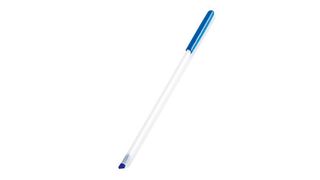
If there's just one speck of dust or a hair that's spoiling your images, you don't really want to go to the bother of cleaning the whole surface of your sensor, and the Kinetronics Speckgrabber is the ideal tool for removing such stubborn spots.
The soft, washable pad at the end of the Speckgrabber has an adhesive surface so it can be dabbed onto a particle of dirt to pick it up and remove it from your camera. It's very quick and easy to use - provided you can see the dirt you want to remove. However, for a more thorough clean you'll need to look at one of the other solutions available.
4/5
Sensor Cleaning Starter Pack with Photographic Solutions Sensor Swabs and Eclipse Cleaner
£25 (about $40)
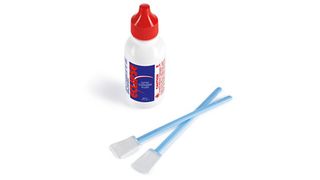
These Photographic Solutions Sensor Swabs come in a variety of sizes to suit different sensors, with 17mm swabs being ideal for Canon APS-C format DSLRs. The lint-free microfibre fabric is bonded to the swab handle, so it can't slip off during cleaning, and the flexible blade makes it easy to apply the correct pressure.
Each swab in the pack of 10 is sealed in foil to avoid contamination. Just add a drop or two of Eclipse cleaning solution and you're good to go. A blower is also included in the kit.
4.5/5
Dust-Aid Platinum
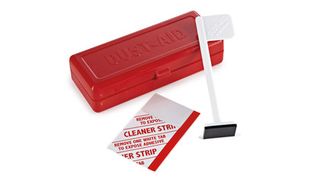
This kit includes a wand with a silicone pad and six strips of cleaning adhesive. Before use, the silicone pad is pressed onto a freshly peeled adhesive strip. The pad is then pressed onto the sensor and removed to lift off any loose dirt. Repeated presses at each corner are required to clean the whole sensor surface.
The idea of using adhesive may be alarming, but Dust-Aid Platinum is very effective, and provided it isn't twisted on the sensor, it doesn't leave a residue.
4.5/5
Green Clean Mini Vacuum & Air + Vacuum Power
£28/$40 (vacuum) + £10/$5.85 (compressed air)
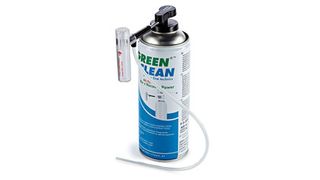
Rather than blowing loose dust and fibres around the sensor and mirror box, Green Clean's Mini Vacuum system sucks them out of the camera. The vacuum power is supplied by a can of compressed air - it's the kind that you use to blast dust off the outside of your camera, but when fitted to the Mini Vacuum it produces suction.
The vacuum's plastic hose is around 30cm long, so it can reach into the recesses of most camera bodies to remove loose particles of dirt.
4/5
Lenspen SensorKlear Loupe Kit
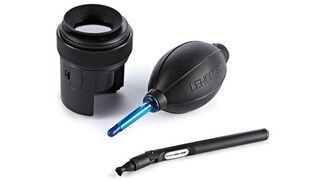
Thanks to its LED illumination and 6x magnification, the loupe in this kit enables you to have a clear view of the sensor, and a gap in its collar means you can use it in conjunction with the included Hurricane Blower or SensorKlear II pen to remove dust and debris at the same time.
The blower works well for dislodging loose dirt, while the pen is useful for removing more stubborn marks, but both can be a little fiddly to use within the confines of the loupe.
4.5/5
VisibleDust Arctic Butterfly 788 (with Light)
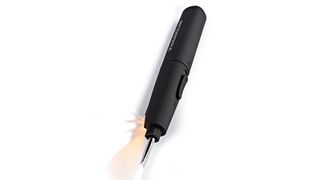
Although it takes a battery, the VisibleDust Arctic Butterfly is basically a brush for removing particles from sensors with a small light that makes it easier to see what you're doing. As well as the light, the battery powers a small motor that spins the brush to electrostatically charge its bristles to attract dirt.
It's an effective method that works well. However, it's essential to avoid touching the sides of the camera chamber, since this can carry lubricant from the mirror mechanism onto the sensor. It's also important to not touch the brush when replacing its cap.
4.5/5
Get daily insight, inspiration and deals in your inbox
Sign up for breaking news, reviews, opinion, top tech deals, and more.
